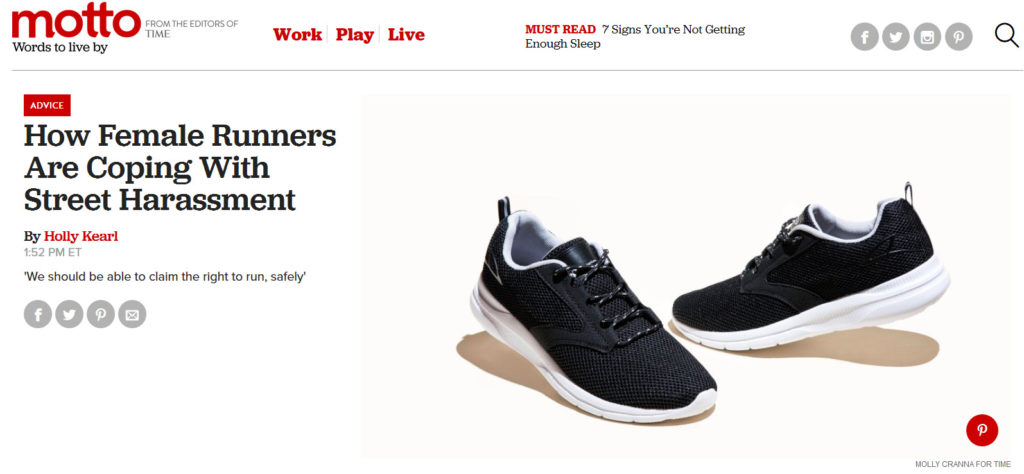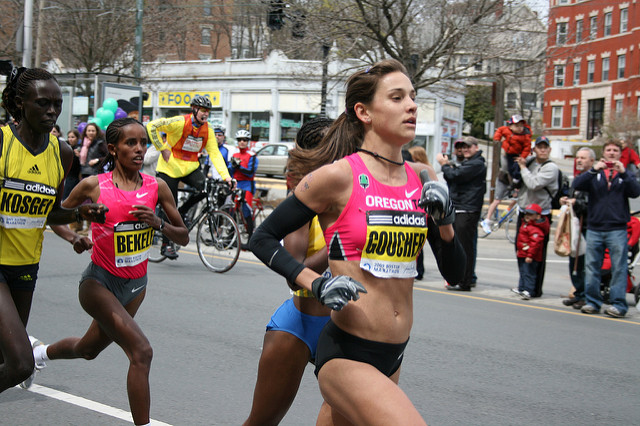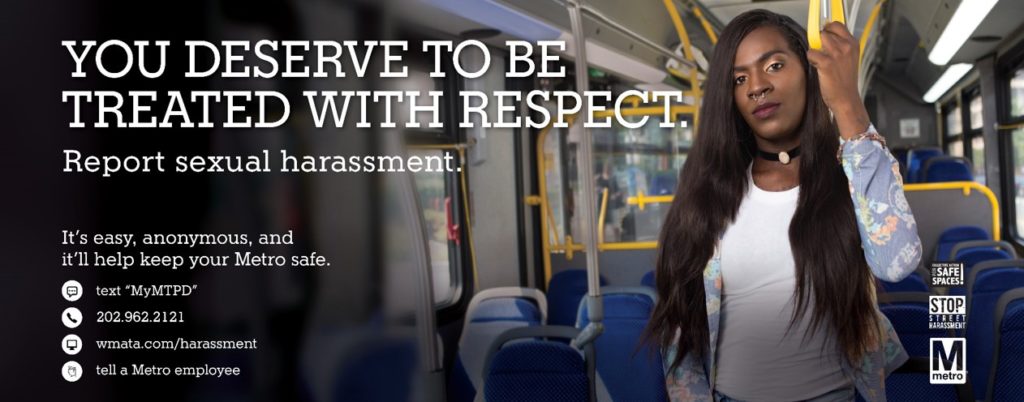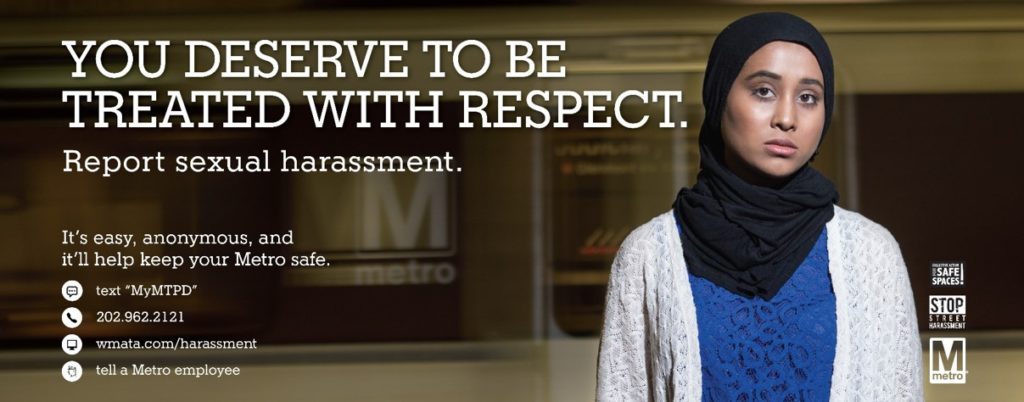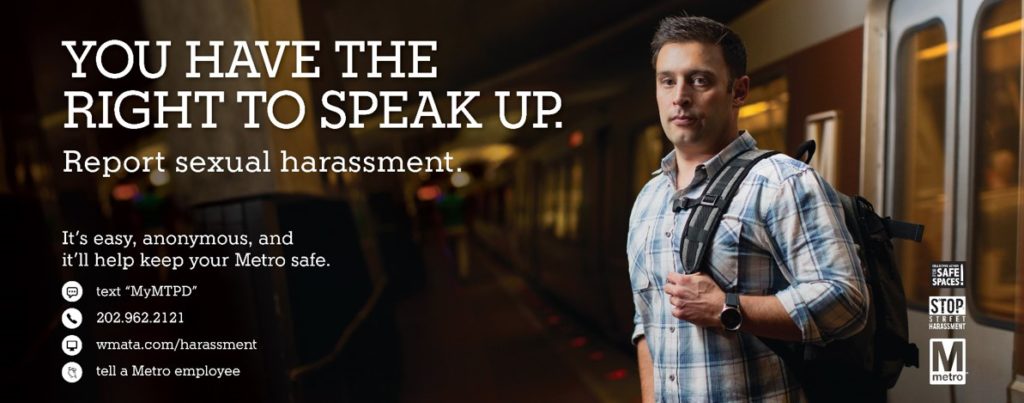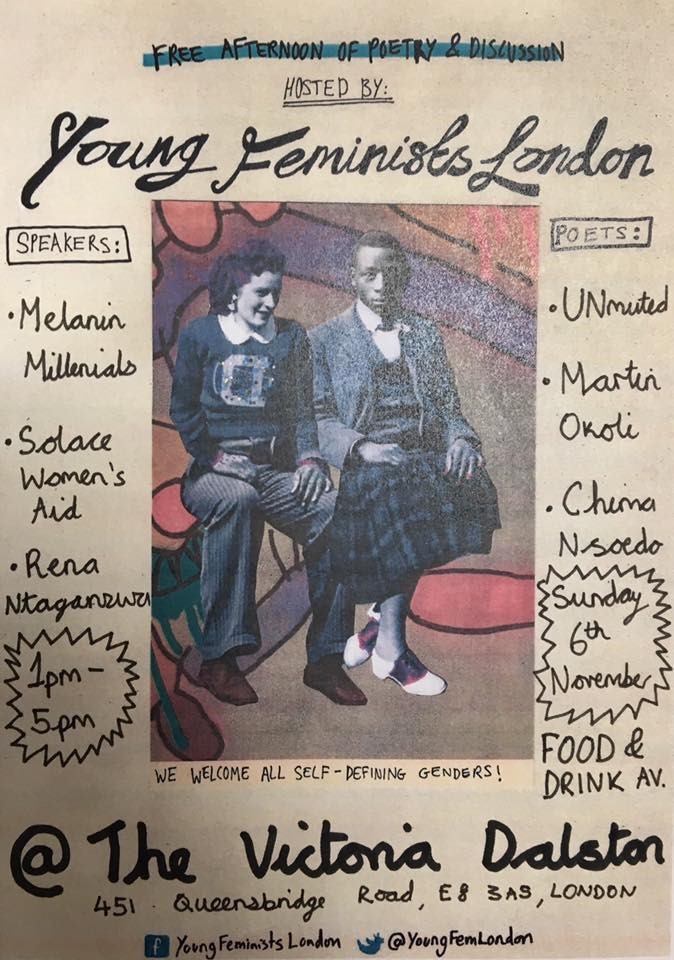 Ness Lyons for UNmuted Productions, UK, SSH Blog Correspondent
Ness Lyons for UNmuted Productions, UK, SSH Blog Correspondent
On Sunday 6th November, myself and new UNmuted Productions member Nicola Bland had the pleasure of performing poetry and leading an audience discussion at a fab event hosted by Young Feminists London. There were several wonderful other poets and speakers taking part and it was a real joy to talk feminism – and womanism – with such a great group of women and men.
After Nicola performed the full-length version of my spoken word poem “I Smile Politely“, (including sections that are not in UNmuted’s short film of the same name), we asked for volunteers from the audience to answer some questions on camera about the themes raised in the piece. We made these interviews, together with a few snippets of Nicola performing ‘I Smile Politely’, into a two-part vlog for Stop Street Harassment.
This is Part One, with funny, thoughtful and smart answers to the questions:
• What’s the most ridiculous catcall or unwanted chat-up line you’ve had?
• What does street harassment mean to you?
• When (if!) you’re ‘smiling politely’ in response to unwanted sexual attention, what are you actually thinking?
Watch here and please share!
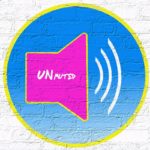

Ness Lyons is a playwright, filmmaker and spoken word poet. She runs UNmuted Productions, is a member of Soho Theatre Writers’ Lab and is currently developing a script with an award-winning production company. Follow her work at: nesslyons.net and on Twitter: @lyonsness

